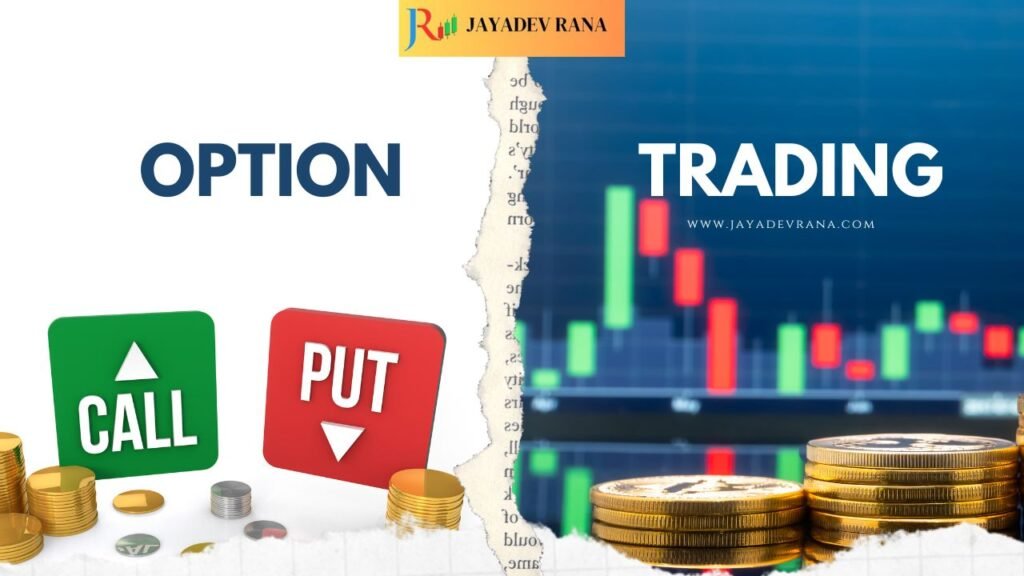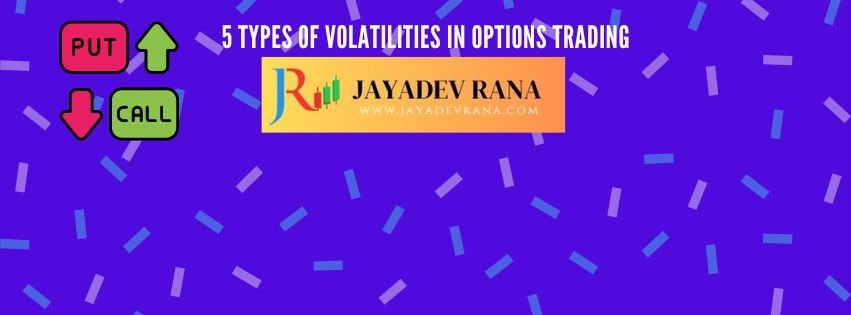Options trading can be a thrilling and complex endeavor, heavily influenced by various forms of volatility. Understanding these different types is crucial for traders aiming to optimize their strategies, manage risk, and enhance profitability. In this article, we will delve into five essential types of volatilities in options trading: historical volatility, implied volatility, volatility skew, volatility smile, and forward volatility.
1. Historical Volatility

Definition: Historical volatility (HV) is a statistical measure of how much an asset’s price fluctuated over a specific period in the past. It is calculated using historical price data to determine the standard deviation of returns.
Importance: Historical volatility is vital for traders as it provides insights into an asset’s past performance. A stock that has exhibited significant price fluctuations may continue to show similar patterns in the future. By analyzing historical volatility, traders can gauge potential price movements, assess risk, and identify suitable entry and exit points for their trades.
Calculation: Historical volatility can be calculated using the following formula:
[
HV = \sqrt{\frac{1}{N} \sum_{i=1}^{N} (R_i – \bar{R})^2}
]
Where:
- ( N ) = number of observations
- ( R_i ) = return on the asset for period ( i )
- ( \bar{R} ) = average return over the observed periods
2. Implied Volatility
Definition: Implied volatility (IV) represents the market’s expectations of future volatility, derived from the prices of options. Unlike historical volatility, which looks backward, implied volatility is forward-looking and reflects the market’s sentiment about potential price movements.
Importance: Implied volatility is a critical component in options pricing models, particularly the Black-Scholes model. A rise in implied volatility generally leads to higher option premiums, as traders anticipate larger price swings. Monitoring implied volatility can help traders decide when to buy or sell options, making it an essential aspect of options trading strategies.
Factors Influencing IV: Several factors can affect implied volatility, including market conditions, economic indicators, earnings reports, and geopolitical events. Traders often use IV as a gauge of market sentiment; high IV may indicate increased uncertainty or fear, while low IV may suggest stability.
3. Volatility Skew
Definition: Volatility skew refers to the phenomenon where implied volatility varies across different strike prices and expiration dates. Typically, this results in a curve when plotted, illustrating how IV changes based on the strike price of options.
Importance: Traders analyze volatility skew to identify market sentiment and potential trading opportunities. A steep skew may indicate that investors expect price movements favoring certain strike prices. Understanding skew can help traders recognize when options are over- or under-priced relative to their perceived risk.
Types of Skew:
- Positive Skew: Higher implied volatility for lower strike prices (common in bear markets).
- Negative Skew: Higher implied volatility for higher strike prices (often seen in bull markets).
4. Volatility Smile
Definition: The volatility smile is a graphical representation showing how implied volatility varies with different strike prices for the same expiration date, typically creating a U-shaped curve.
Importance: The volatility smile suggests that options with strike prices far from the current price—either in-the-money or out-of-the-money—often exhibit higher implied volatility. This observation can help traders identify mispriced options and make informed trading decisions based on expected market behavior.
Implications for Traders: Recognizing the volatility smile can guide traders in choosing strike prices. If a trader observes a significant smile, they might consider strategies like selling options at extremes (both in-the-money and out-of-the-money) while buying those near the money.
5. Forward Volatility
Definition: Forward volatility is the expected volatility of an underlying asset over a future period, based on current market conditions. It reflects the market’s predictions about how volatile an asset will be during a specific timeframe.
Importance: Traders use forward volatility to forecast potential price changes and develop strategies that take advantage of predicted market movements. Understanding forward volatility is essential for pricing long-dated options and constructing complex trading strategies.
Calculation of Forward Volatility: Forward volatility can be derived from the current implied volatility of options with different expiration dates. The relationship between short-term and long-term IV can provide insights into expected future volatility.
Conclusion
Understanding the various types of volatility is essential for anyone looking to succeed in options trading. By analyzing historical, implied, volatility skew, volatility smile, and forward volatility, traders can develop more informed strategies and manage risks effectively.
Call to Action
Are you ready to dive deeper into options trading? Subscribe to our newsletter for expert tips and strategies to enhance your trading game!
This comprehensive overview should provide your readers with valuable insights into the different types of volatilities in options trading, equipping them to make more informed trading decisions.
READ MORE
